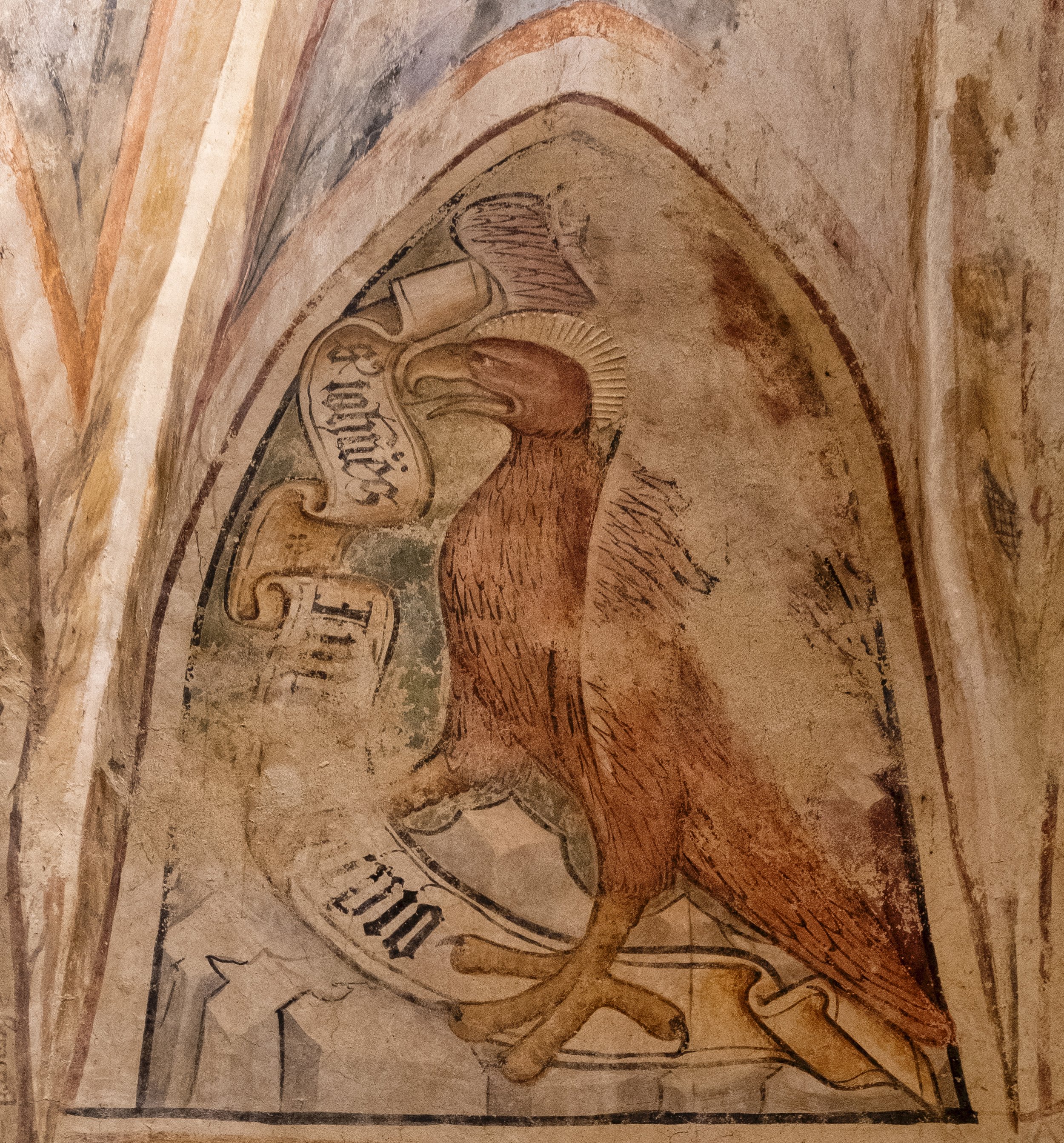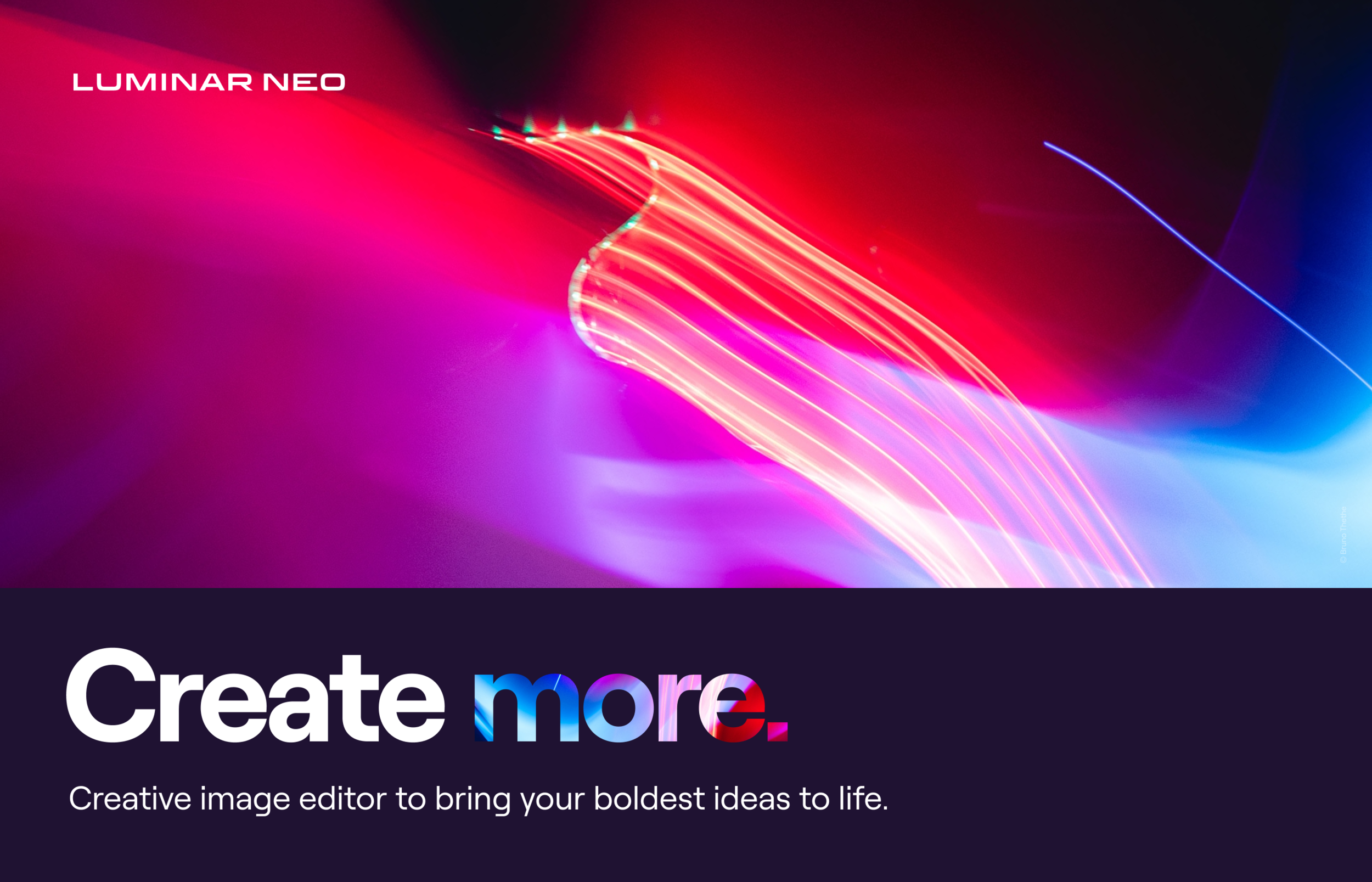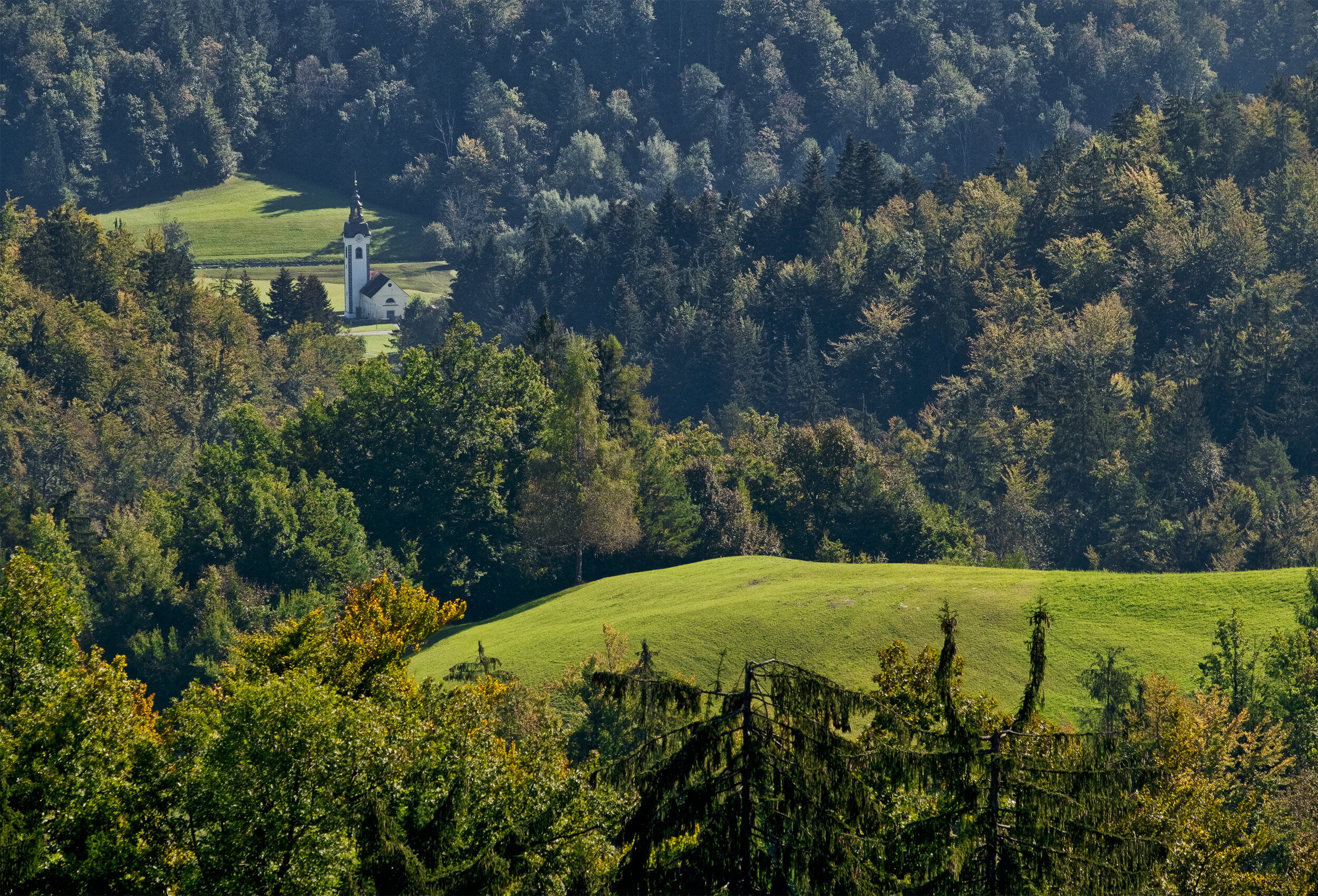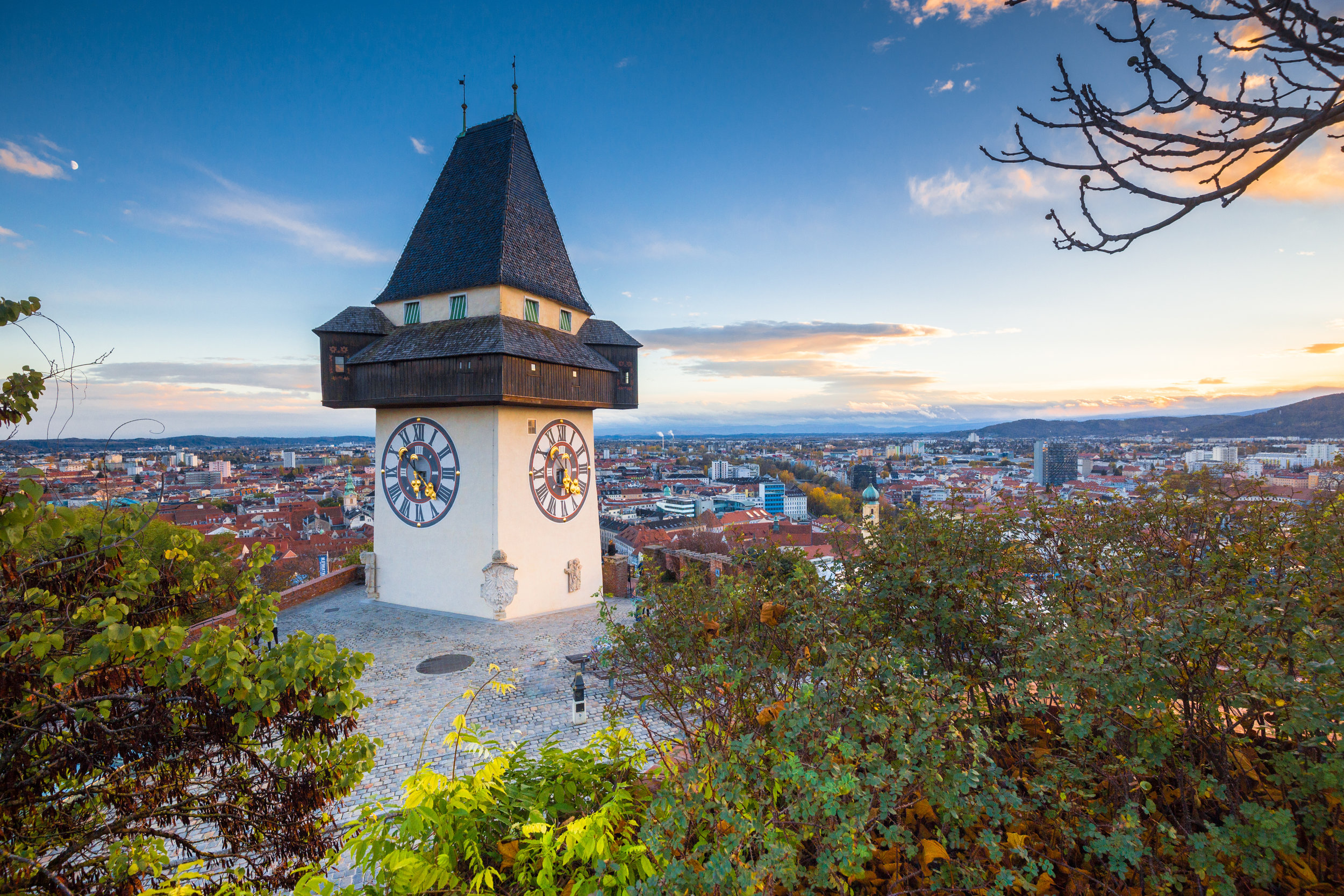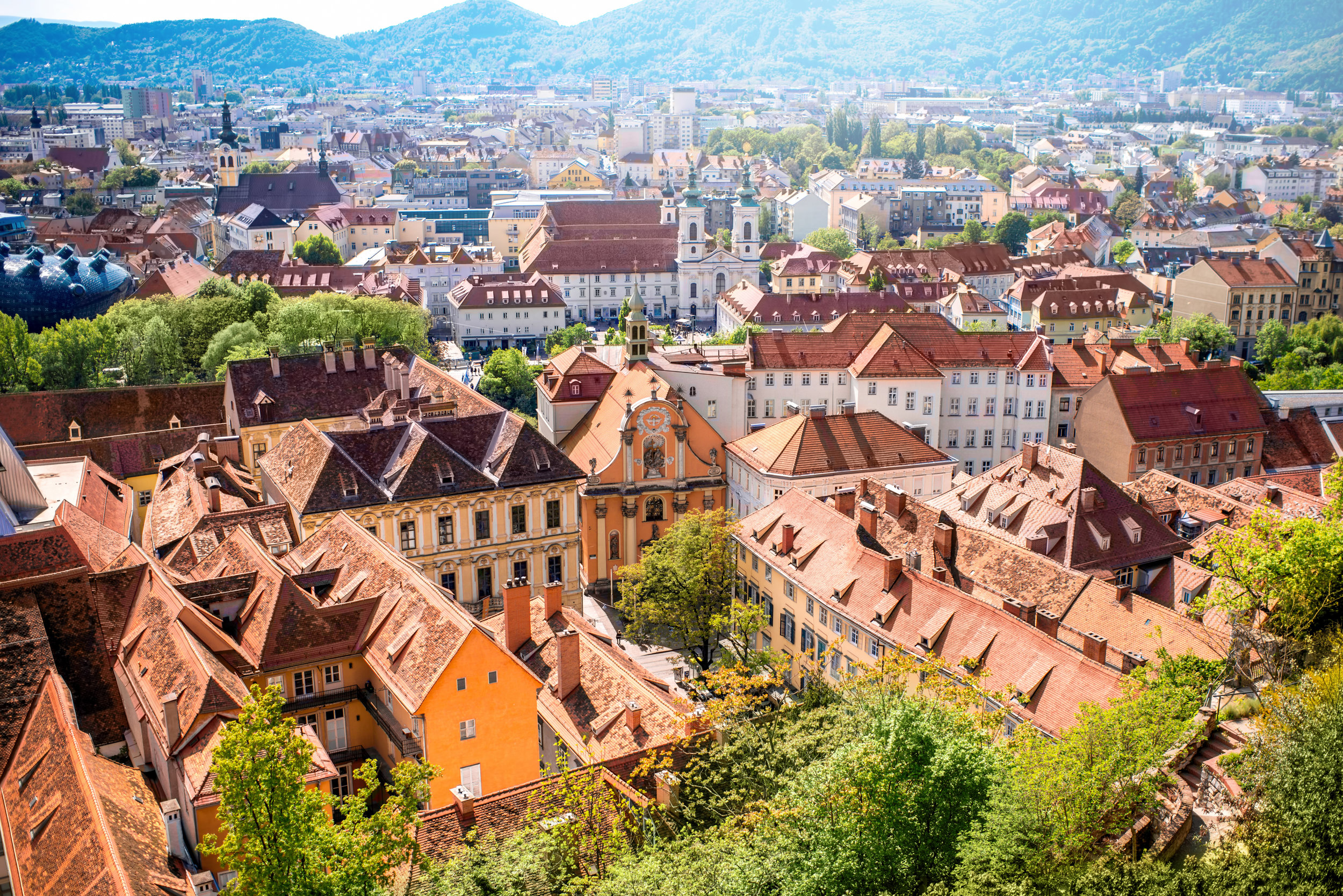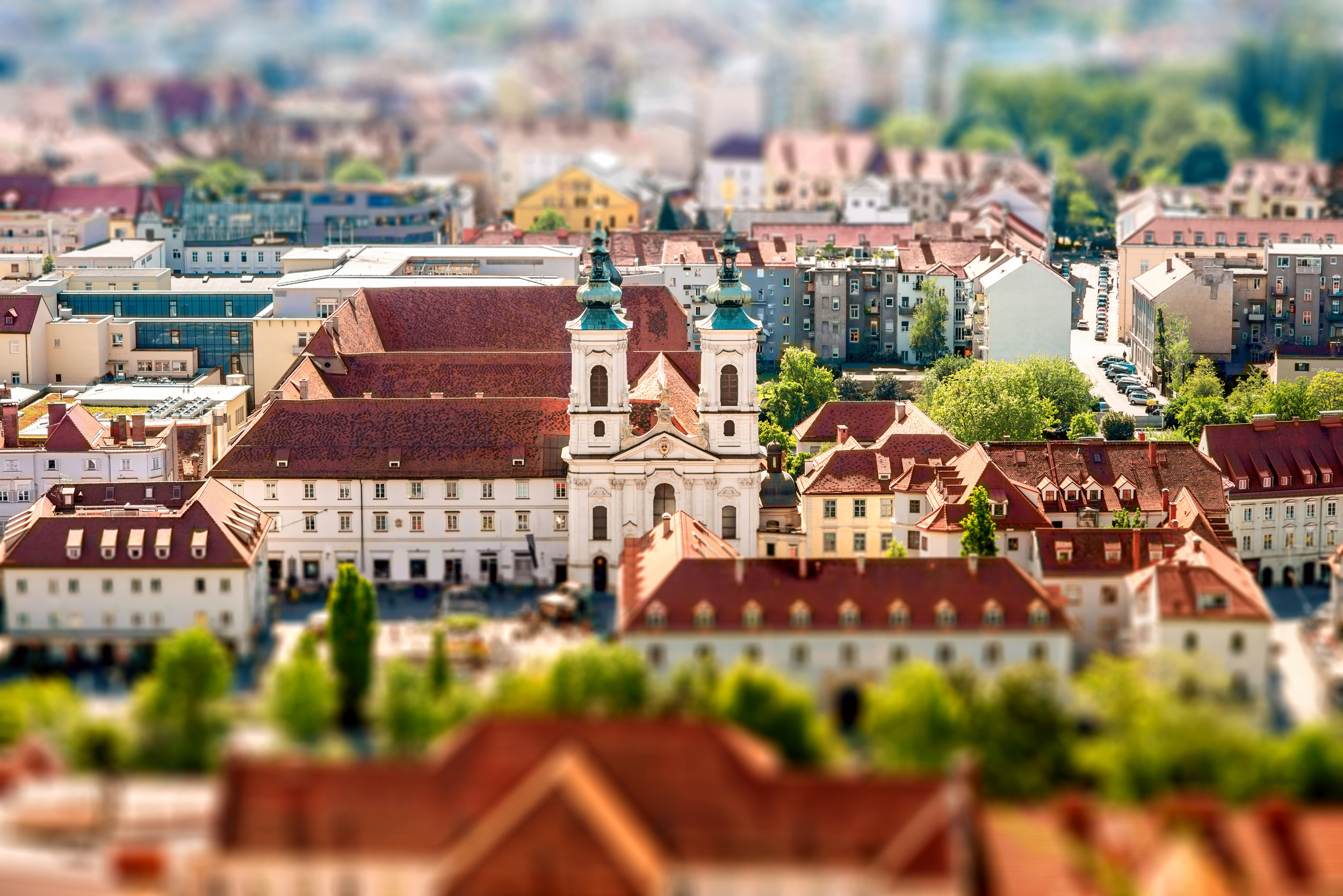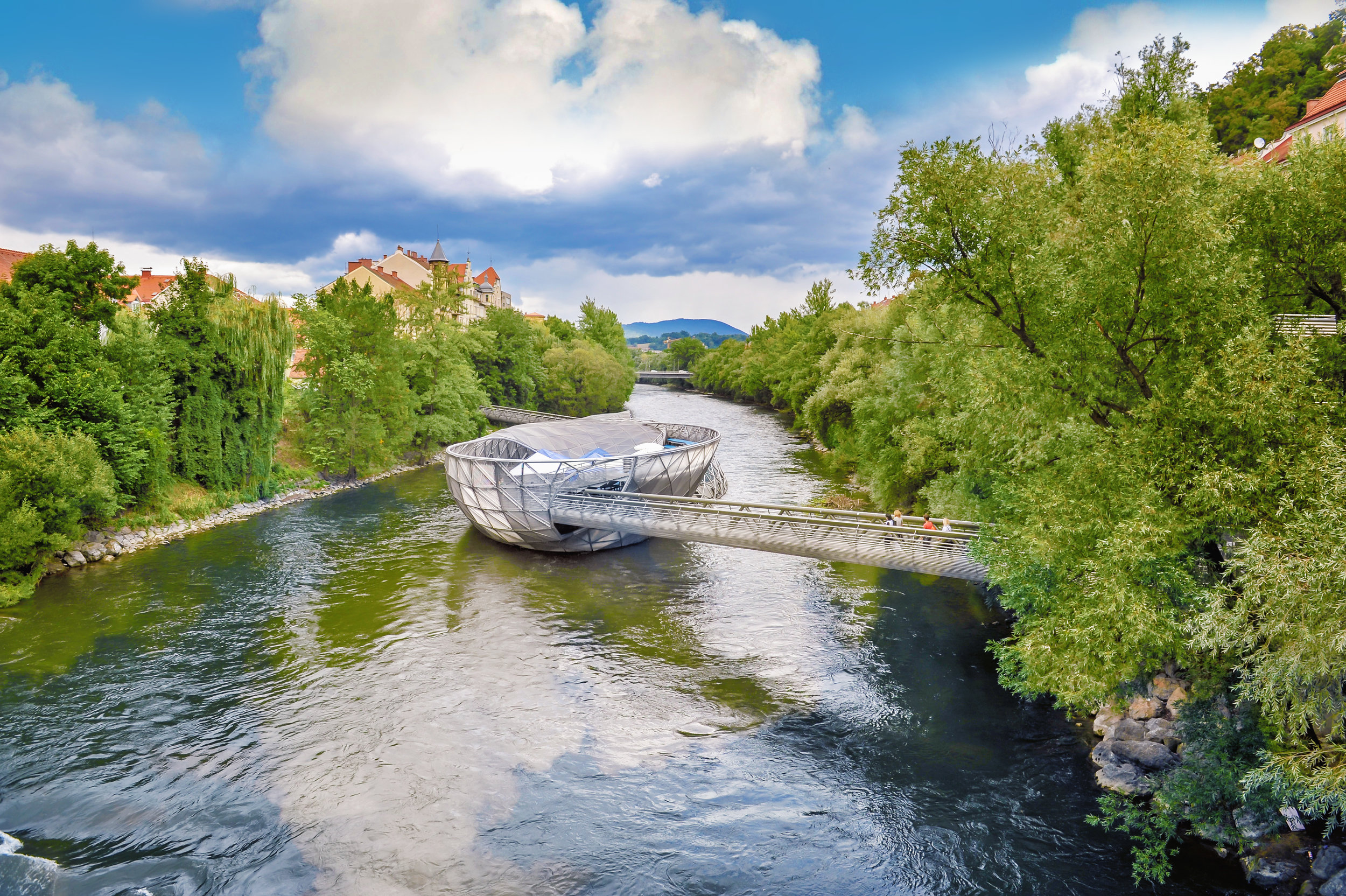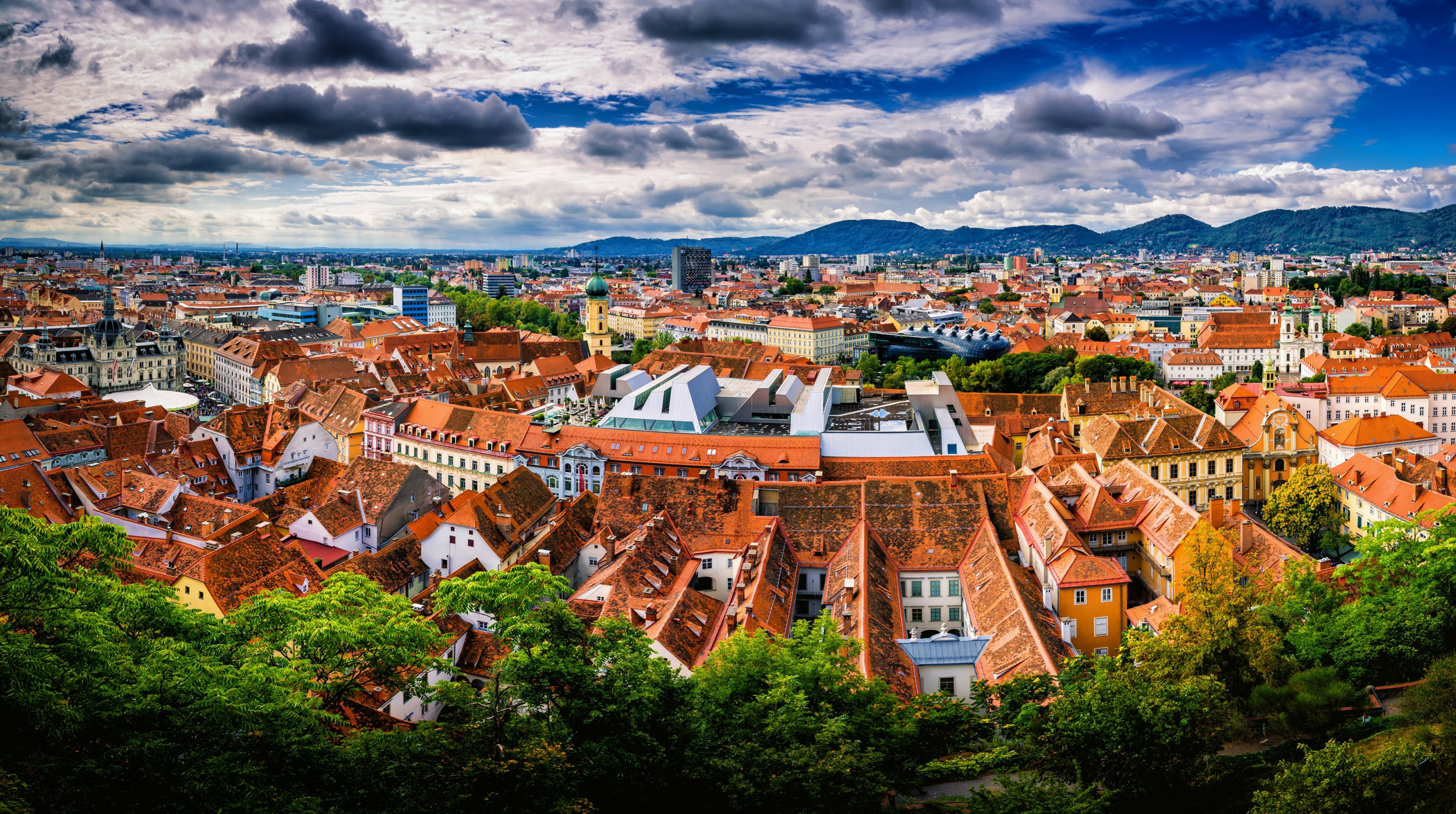Holy Trinity Church in Velemer frescos by Janos Aquila, Orseg, Hungary
/The Holy Trinity church was erected in the 13th century in Velemer, County Vas Hungary .
The rectangular aisleless church, to which a tower is attached on the north facade, is aligned east to west, as typical of medieval times. While carrying elements of Romanesque style it also has some Gothic elements . The walls of the church are built of both brick and stone. It is adorned by an arched cornice, with corbels carved with human faces, representing the various sins, supporting the roof.
The frescoes in the church were painted by János Aquila of Radkesburg from 1377 to 1378.
The church was used by the Calvinist church from the mid-17th century, and was re-Catholicised in 1733. It was abandoned in 1808.
.
The frescos have worn over the centuries, but among the surviving fragments of the sanctuary the symbols of the four gospels are easily found - the lion representing Mark, the eagle John, the angel Matthew, and the oxen Luke. On the sanctuary's north wall, a self-portrait of Aquila himself can even be made out. The window recess of the sanctuary is decorated with floral and herbal motifs.
Above is a depiction of the Veil of Veronica with the likeness of Christ. The threefold circle in the pinnacle of the sanctuary side of the triumphal arch symbolises the Holy Trinity. The image of Christ the Judge is outside the central piece, while the images to the right and left symbolise good and evil deeds. Below and to one side, a cavalry scene can be made out, and St Anne with Mary and the child Jesus can be seen on the opposite side.
The church dedicated to the Holy Trinity (Szentháromság) and to King St Stephen (Szent István király) is located towards the southeast edge of town, away from the main road.
A Soaring Symbol: The Eagle in Aquila's Frescoes
One cannot discuss Aquila's work without noting the compelling presence of the eagle. In many cultures and religious traditions, the eagle symbolises strength, renewal, and spiritual ascension. Its inclusion in Aquila's frescoes could serve multiple symbolic purposes:
Divine Connection: The eagle, with its ability to soar towards the heavens, is often seen as a messenger or intermediary between the divine and the earthly realm. Its presence in the frescoes may signify the spiritual journey from the mortal world to the divine, echoing the Christian belief in resurrection and eternal life.
Personal Emblem: Given that 'Aquila' translates to 'eagle' in Latin, the artist's use of this symbol could also be a personal signature, a way of marking his work with a visual emblem that is both deeply meaningful and reflective of his own name. This interplay between the artist's identity and the symbolic imagery enriches the narrative woven into the frescoes.
Guardianship and Vigilance: In Christian iconography, the eagle is also associated with St. John the Evangelist, symbolizing clarity of vision and spiritual insight. Its inclusion might suggest a thematic focus on the Gospels' messages and a call to vigilance in faith.
Deciphering the Frescoes: Layers of Meaning
Like the eagle within the Velemer church, the frescoes invite viewers to explore layers of meaning woven together with theological themes and personal stories. These artworks are more than mere decorations; they are visual sermons, teaching and inspiring those who gaze upon them.
Janos Aquila's mastery lies in blending traditional Christian iconography with local cultural motifs, creating a tapestry that speaks universally and specifically to the community for whom it was made. The frescoes serve as a bridge, connecting the earthly to the divine, the individual to the community, and the past to the present.
Reflecting on the Past, Inspiring the Future
For photographers and art enthusiasts, the frescoes offer a unique study in the power of visual storytelling. Through his use of colour, composition, and symbolism, Aquila invites us into a reflective dialogue with our spiritual and artistic journeys.
Exploring the frescoes of the Velemer church is not just an academic exercise; it's a pilgrimage into the heart of human creativity and divine inspiration. Janos Aquila's work challenges us to look beyond the surface, to find meaning in the symbols that surround us, and to appreciate the profound connection between art, faith, and life.
My post about Martjanci church is here
#Ancient_monument #Hungary #műemlék #Temple #templom




